
Set Up Magento Category Permissions for Efficient Store Management
How does Magento category permissions assist in store management? Implementing permissions enhances data protection, streamlines operations, and allows customized permissions. It also enables easy tracking of changes and activities within the system. Let's explore how it enhances your store operations.
Key Takeaways:
-
Explore how you can tailor and control what your customers see on your store.
-
Learn how to show relevant products and offers to different customer types. Create personalized customer experiences.
-
Discover how to restrict access to sensitive information and streamline catalog organization.
-
Learn to tailor product visibility based on demographics to offer personalized shopping.
What are Magento Category Permissions?
Magento category permissions manage access to products and categories in the online catalog. Pre-defined customer groups determine these permissions. The platform controls product prices, user cart permissions, and the landing page.
For instance, you can limit download permissions for digital assets such as manuals. Only customers who have completed a purchase can download assets.
There are several advantages to using Magento category permission:
1. Improved Customer Experience
Show relevant products to specific customer groups. This makes it easier for them to find what they’re looking for.
For instance, give the marketing team access to product information, promotions, and content management. Restrict their access to order management and customer data.
2. Targeted Sales Strategies
You can display exclusive deals or promotions catered to specific customer groups. This can help you boost sales by encouraging customers to buy more.
For instance, create a "Loyal Customer Deals" category with exclusive promotions. Set category permissions for the "Loyal Customers" group. Within this category, you can offer 20% discounts or buy-one-get-one-free deals. Restrict the visibility of these deals from other customer groups. This will encourage loyal customers to make more purchases.
3. Enhanced Security
You can restrict access to age-restricted products or confidential information. This helps ensure compliance with regulations.
Limit access to specific roles to protect financial data such as payment details or invoices. These specific roles handle financial transactions, such as accounting or finance teams. These specific roles handle financial transactions, such as accounting or finance teams.
4. Streamlined Store Management
Organize your catalog by controlling which customer groups see specific categories or products. Give the marketing team access to product information, promotions, and content management. You can restrict their access to areas like order management or customer data.
5. Increased Flexibility
Go beyond simple on/off access control. Display a product without showing its price to certain groups. Customers can add items to their cart before viewing them. This flexibility empowers you to create a more engaging shopping experience.
6. Personalized Shopping Experience
Tailor product visibility based on purchase history or demographics. This fosters a sense of personalization and can lead to repeat business.
Configuring Category Permissions
Accessing Category Permissions Settings
Setting up Magento category permissions can be done through the Magento admin panel.
- Go to Stores > Settings > Configuration.
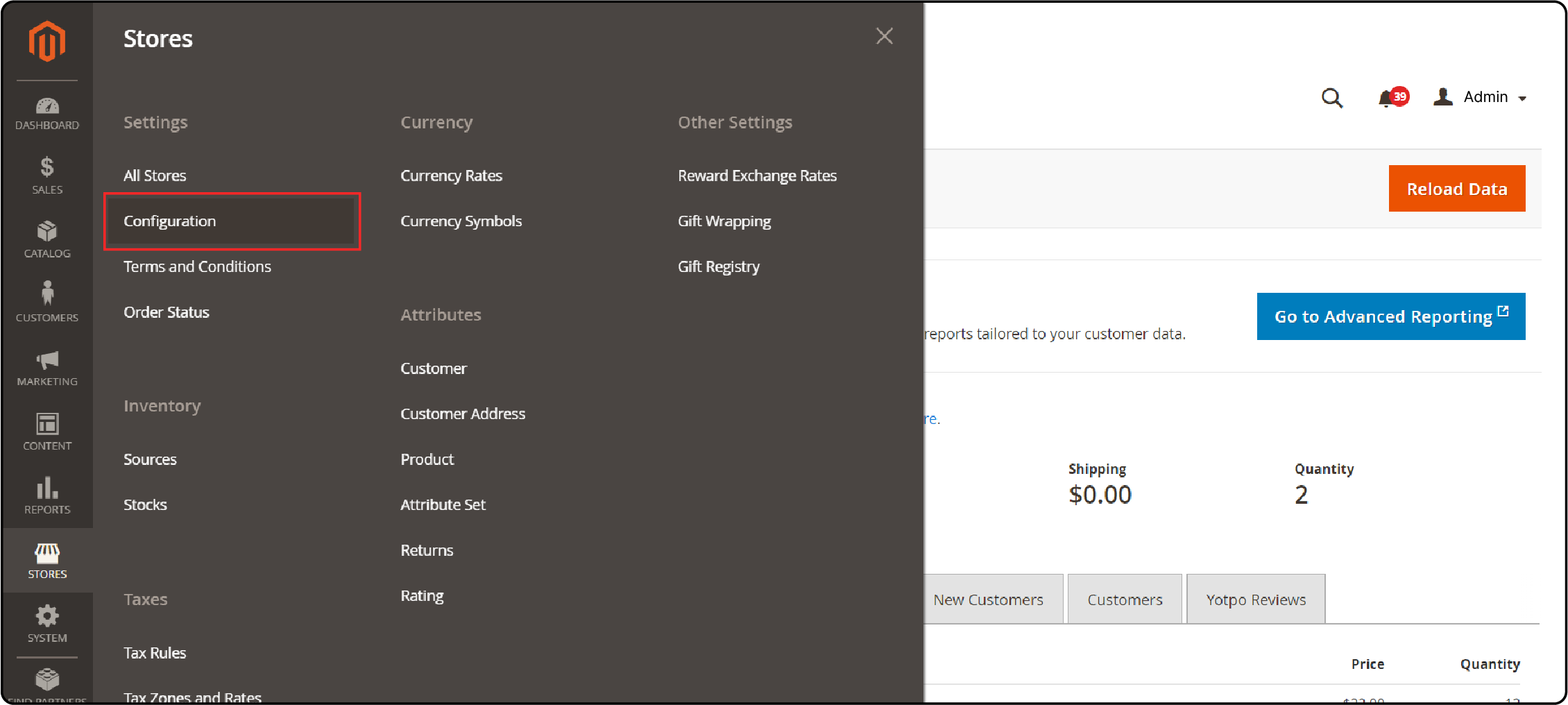
-
In the Catalog section, choose Catalog Permissions.
-
Set the Enable option to yes.
-
Fill in the other options according to your consent for permissions.
-
For the Allow Browsing Category, choose your preferred option.
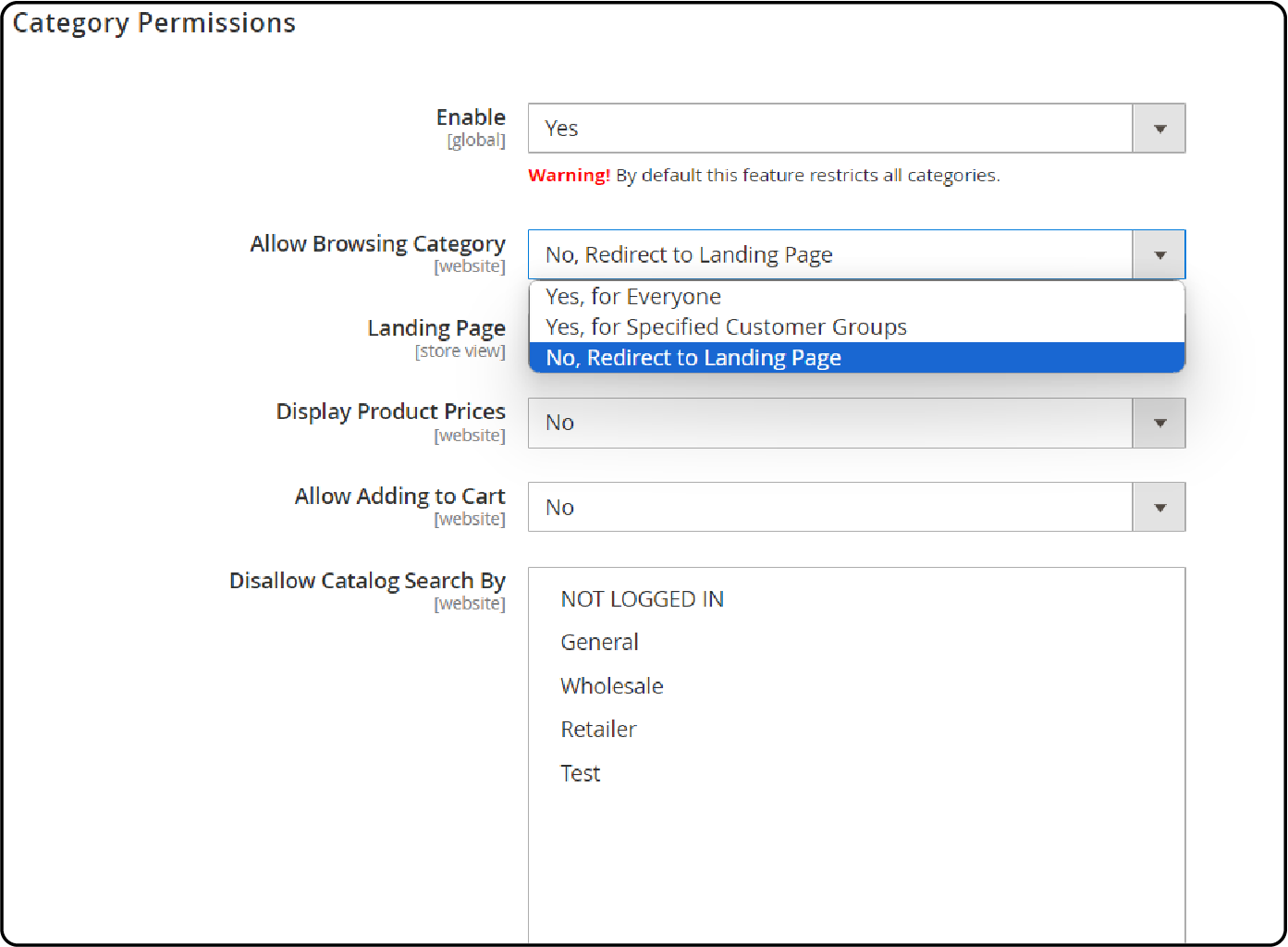
- Set the Allow Adding to Cart option to Yes for specific customer groups.
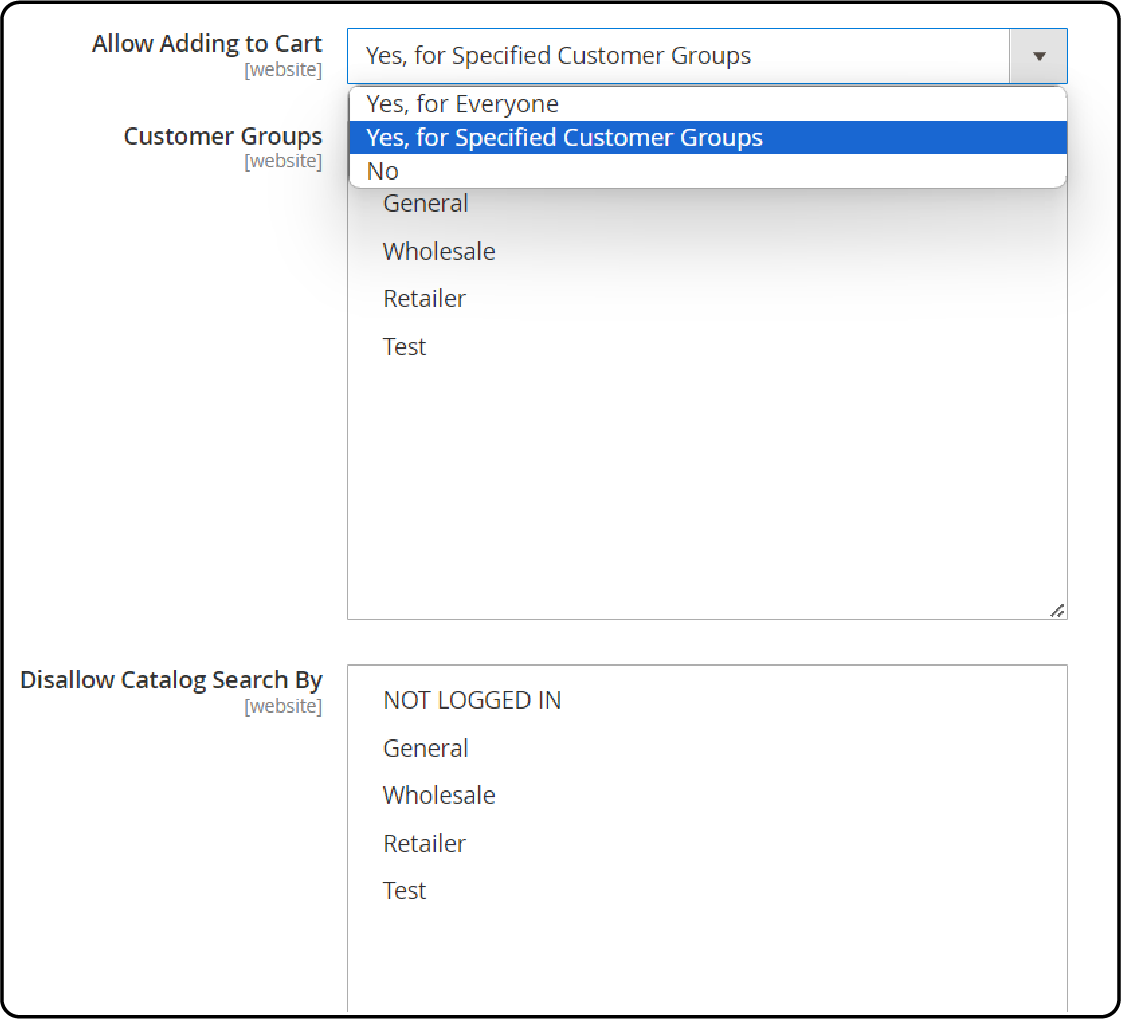
- Select the Customer Groups who have the permission to add to the cart.
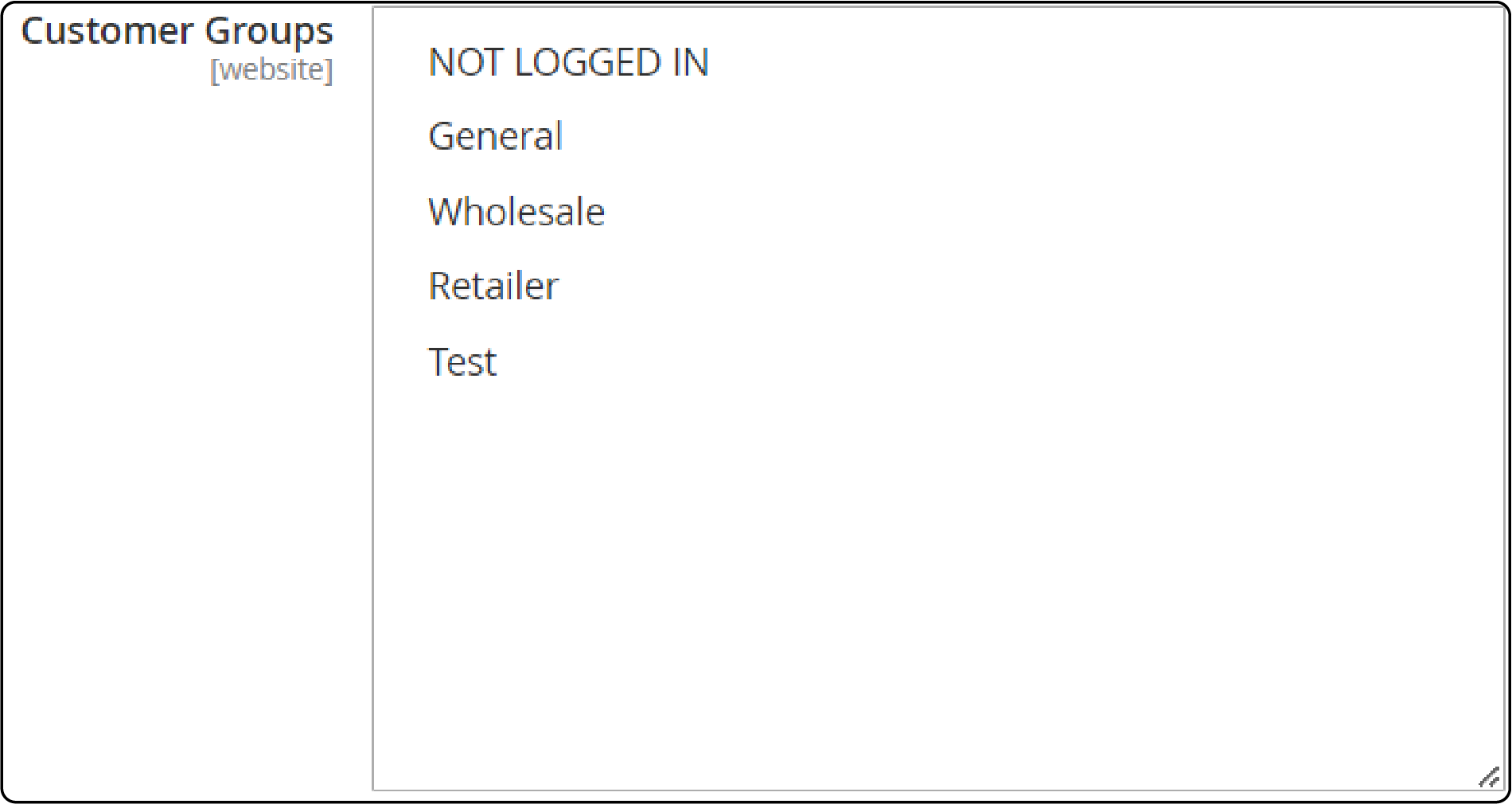
- For the Disallow Catalog Search, select the preferred customer group.
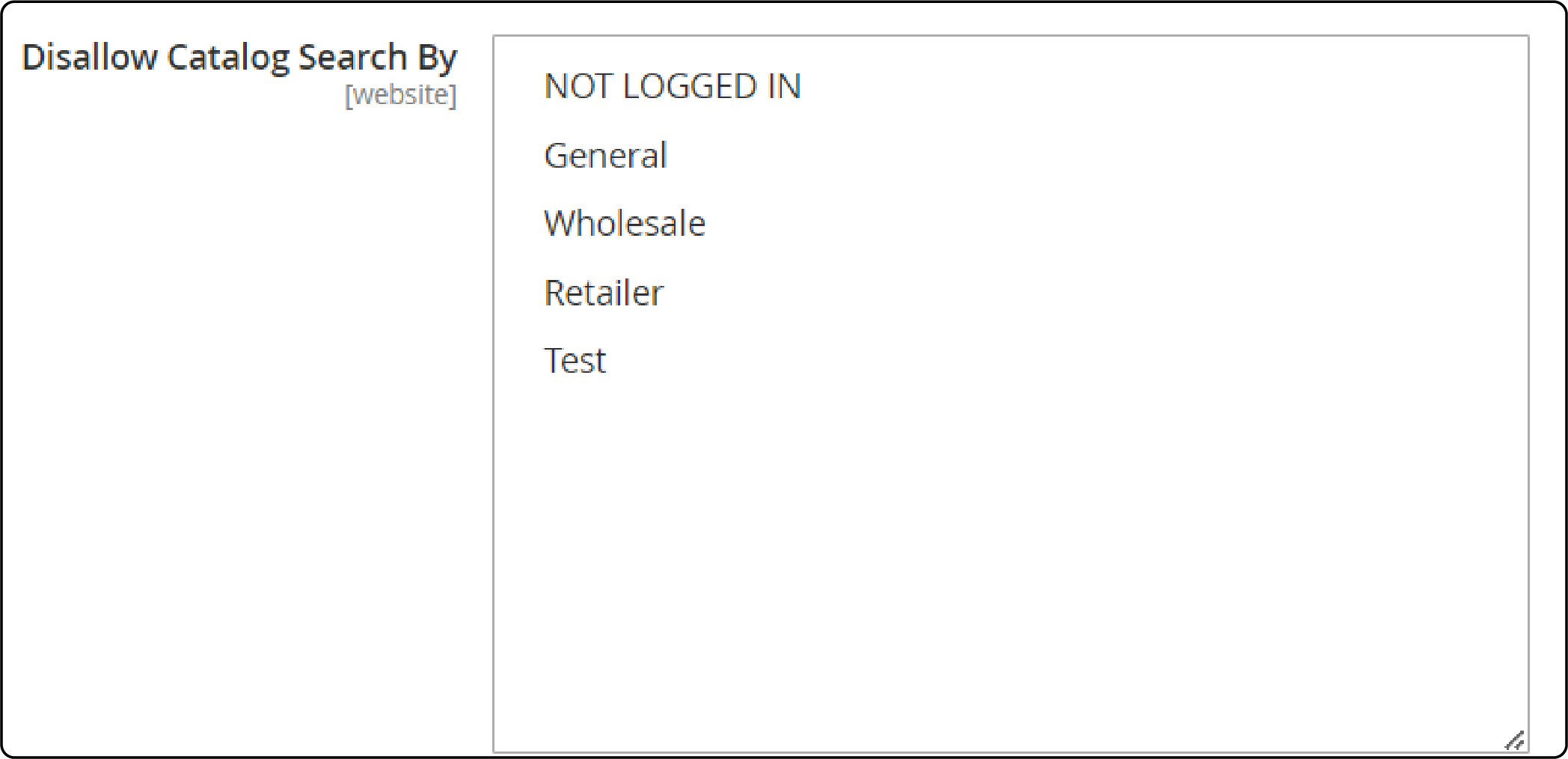
-
When done, click on Save Config.
-
When asked click Cache Management in the prompted message and follow as instructed.
Applying Category Permissions
- Go to Catalog > Categories.
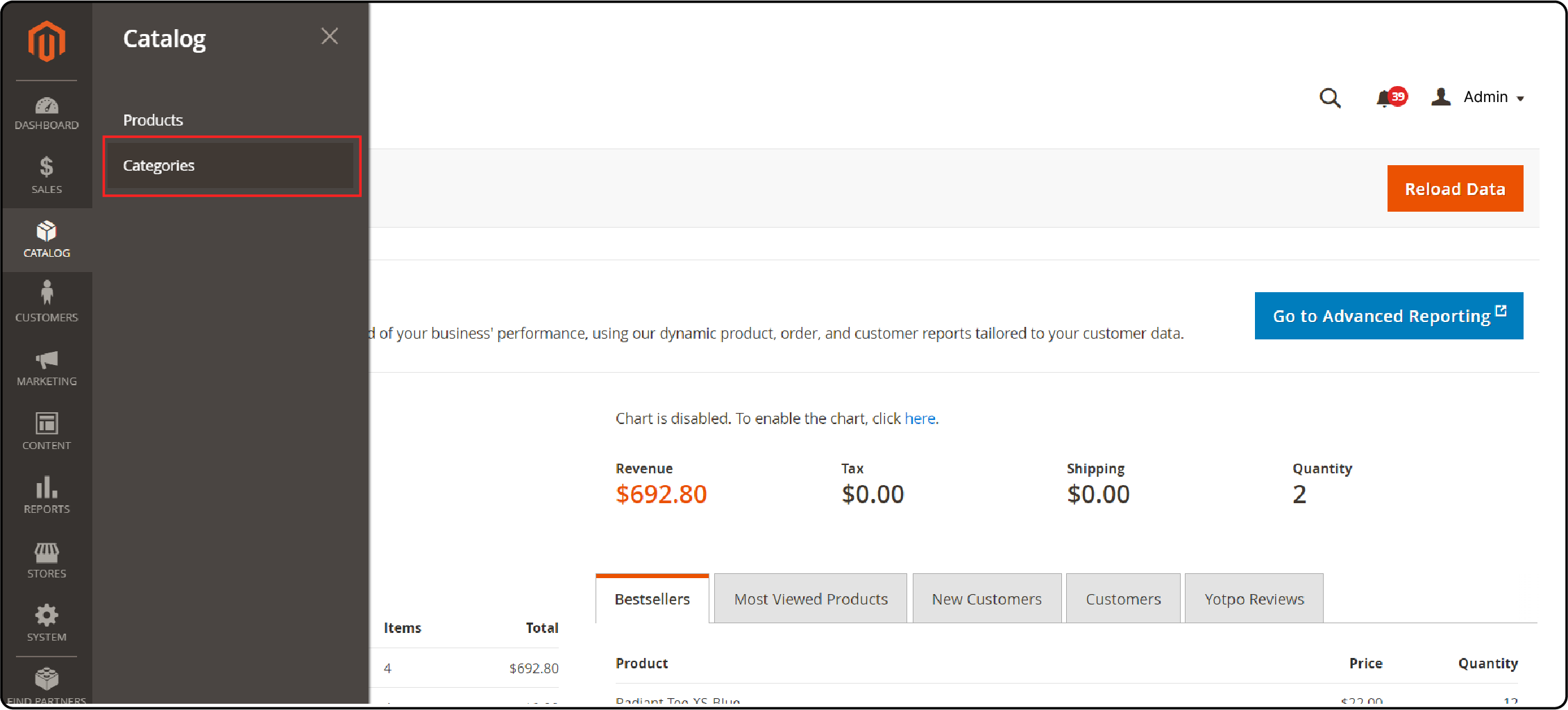
- From the category tree, select the target category.
- From Category Permissions, create a New Permission.

- Choose the preferred Website and Customer Group and set individual permissions.
- Save the changes when done.
Setting Up Roles and Catalog Permissions
You can specify user roles and assign permissions within Catalog Permissions . Define user roles and assign granular permissions to each. It ensures a secure and organized environment.
This allows for more control over what users can access within your store. Create roles such as “Administrator,” “Editor,” and “Customer.” Assign each role-specific permissions.
Assigning Permissions to Specific Categories
Define user roles and permissions. Assign them to categories in your catalog. This allows you to control which customer groups can see particular categories or products. For instance, you may limit access to the "Wholesale Electronics" category for the "Wholesaler" group.
Key Features and Use Cases
Magento category permissions offer more than just basic access control. Here are some advanced features that give you even more control over your store's access:
1. Role-Based Access Control (RBAC)
RBAC lets you assign permissions by user roles in your store. This ensures that specific users only have access to the information and features they need to do their jobs.
For instance, a sales associate can view customer information. They can process orders and offer basic customer support. They cannot edit product details.
2. Hierarchical Permission Structure
Permissions can be defined for both parent and child categories within your catalog structure. Permissions apply to all subcategories, making managing permissions easier.
For instance, the Parent Category can be “Clothing” with “edit product description” permission. You can apply this permission to child categories such as Men’s Clothing, Women’s Clothing, etc.
3. Fine-Grained Control
Magento 2 catalog permissions allow control over which customers view products and pages on your store. You can control the visibility of individual products within a category. You can choose to allow customers to see a product but not necessarily its price. You can also restrict the ability to add products to the cart for specific customer groups.
4. Customization Options
Redirect users to specific web pages or show custom messages for restricted access. This can help explain why a customer cannot see a particular item. It can also offer them alternative options.
Best Practices for Efficient Store Management
Here are some best practices to help you use category permissions effectively:
-
Organize Your Catalog Clearly: Define your category structure clearly to make it easier to assign permissions. Group related products logically and consistently for easy customer navigation.
-
Group Customers Wisely: Create well-defined customer groups based on demographics, purchase history, or loyalty program membership. You can customize permissions and promotions based on customer needs.
-
Set Permissions Granularly: Allow specific actions like adding products for certain customer groups. This can incentivize them to explore further and potentially make a purchase.
Case Studies: How Category Permissions Benefit Your Store
Let's explore some real-world scenarios where Magento category permissions can be beneficial:
-
Restrict access to a "Mature Content" category for customers under 18. This ensures compliance with age restrictions. You can even redirect customers to a different page if they try to access something they shouldn't see.
-
Offer exclusive discounts on athletic wear to members of your loyalty program. This rewards loyal customers and incentivizes them to keep shopping at your store.
-
Hide wholesale pricing for specific categories from retail customers. This maintains clear pricing structures and avoids confusion.
With Magento 2 category permissions, you can choose to disable product prices for certain customers. You can also opt to hide a product or CMS page from their view entirely.
FAQs
1. Can I set permissions based on specific times?
Some Magento extensions can allow you to:
-
Schedule product or category visibility for specific customer groups during promotional periods.
-
Restrict access to certain content outside of business hours.
2. What are the benefits of using a catalog permissions extension?
Magento 2.3 has basic access control. Advanced RBAC may need a third-party extension. Here are some potential benefits:
-
Advanced User Roles
-
Conditional Permissions
-
Improved User Interface
3. Can I use catalog permissions in Magento 2 to control categories and product access?
Yes, you can hide entire categories or specific products from certain customers.
4. How do I choose the right Magento permissions extension?
Consider your specific needs and business goals when choosing a permissions extension. Here are some factors to keep in mind:
-
Features
-
Budget
-
Reviews
-
Compatibility
5. How can I improve the customer experience with Magento 2 category permissions?
Use clear and informative messages when access is restricted. Consider offering alternative product recommendations or directing users to relevant customer service channels.
6. What is product visibility for specific customer groups?
Magento's access control features let you manage category visibility for customer groups. You can control access to individual products as well.
7. Can I configure permissions based on store views?
Magento offers store views. Permissions are usually set globally for catalogs. However, some Magento 2 extensions give more detailed store view control.
Summary
With the help of Magento Category Permissions, you can improve your customers' experience in several ways. Here's a concise overview of the key benefits.
-
Benefits: Refine strategies, enhance security, and simplify store management.
-
Configuration: Access settings easily, define roles, and assign permissions.
-
Key Features: Use RBAC, hierarchical structures, and customizable settings.
-
Take Control: Organize catalog, segment customers, and fine-tune permissions.
Explore reliable Magento-managed hosting plans and personalize your customer's experience.



